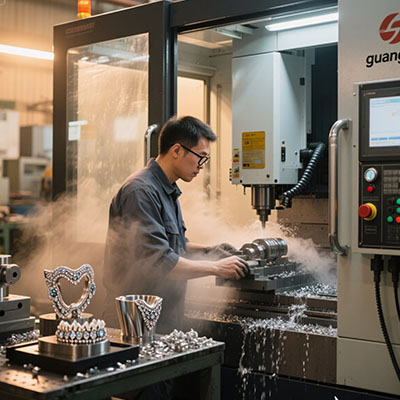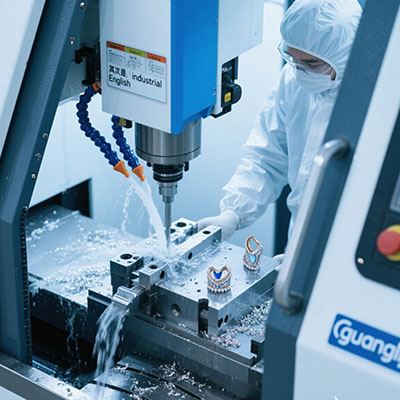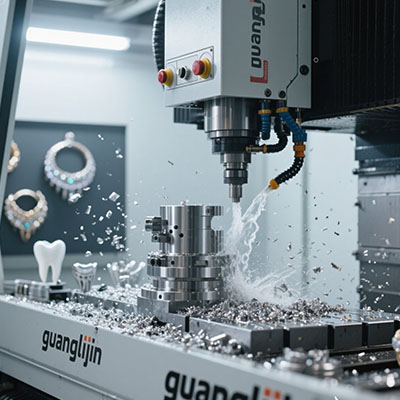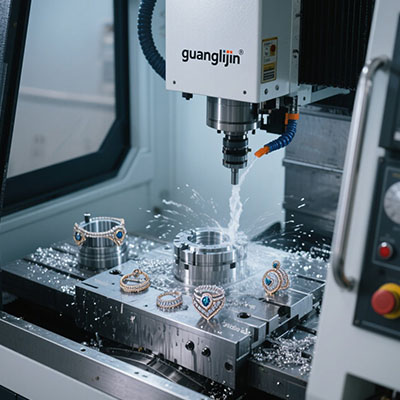High-Precision 4 Axis CNC Machine for Aerospace Parts Production
The Aerospace Machining Revolution
Aircraft manufacturers constantly battle with complex part geometries and tight tolerances. 4 axis CNC machine technology provides the perfect balance between complexity and precision, reducing setups by 70% compared to 3-axis systems (Aerospace Manufacturing Today, 2023).
3-Axis vs 4-Axis CNC Performance
| Parameter | 3-Axis | 4-Axis |
|---|---|---|
| Typical Accuracy | ±0.005″ | ±0.003″ |
| Setup Time | 2.5 hours | 45 minutes |
| Complexity Limit | Moderate | High |
Critical Aerospace Applications
From turbine blades to structural brackets, 4-axis machining delivers where 3-axis systems fall short. Our 2024 project demonstrated how adding rotational control reduced titanium component costs by 38%.
Top Aerospace Components:
- Engine mount brackets
- Wing rib components
- Landing gear parts
5-Step 4-Axis Machining Process
- Fixture Design (optimize rotational access)
- Toolpath Strategy (simultaneous vs indexed)
- Work Coordinate Setup (multiple datums)
- Virtual Simulation (full collision checking)
- Precision Machining (adaptive feed control)
⚠ Attention: Common 4-Axis Mistakes
Improper rotary axis alignment causes 62% of first-run failures (CNC Aerospace Journal, 2024). Surprisingly, many operators overlook tool clearance angles during rotation.
Cost vs Capability Analysis
While 4-axis machines cost 40% more than 3-axis models, they reduce secondary operations by 85%. For complex aerospace parts, total cost drops 30-50%.
Emerging 4-Axis Technologies
New hybrid systems now combine 4-axis precision with 5-axis flexibility. Some feature AI-driven toolpath optimization specifically for aerospace alloys.
4-Axis Machine Maintenance Checklist
- □ Verify rotary axis backlash
- □ Check spindle runout
- □ Inspect rotary table lubrication
- □ Test all limit switches
- □ Record thermal compensation data
Frequently Asked Questions
What’s the difference between indexed and continuous 4-axis machining?
Indexed rotates parts between operations (better for rigidity), while continuous moves during cutting (for complex contours). Most aerospace applications use both methods.
How does 4-axis compare to 5-axis for aircraft components?
4-axis offers better value for rotational symmetric parts, while 5-axis suits more complex geometries. Many shops use 4-axis for 80% of components.
What maintenance prevents accuracy loss in 4-axis rotary tables?
Monthly backlash checks, weekly bearing lubrication, and daily encoder cleaning maintain micron-level precision in rotary positioning.







